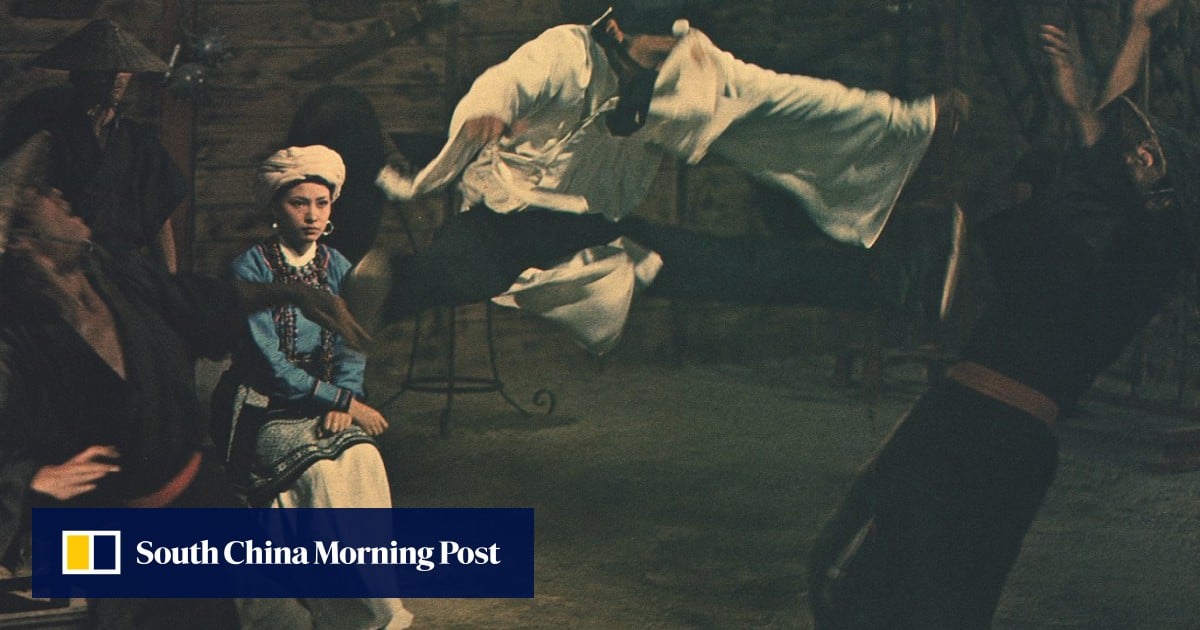Martial arts cinema maestro King Hu’s lesser known The Valiant Ones is his most action-packed film.
The 1975 drama, which is set in China’s Ming dynasty (1368-1644) and was shot in Hong Kong’s New Territories, including outlying islands, is based on a true story of Chinese heroes who struggle with corrupt officials as they attempt to rid China’s coast of Japanese pirates.
We talk to critic Frank Djeng, who provided the commentary for the Eureka Films Blu-ray release of The Valiant Ones, about the film.
This was once considered a “lost film”. When was it found?
The Valiant Ones languished in obscurity for around 20 years until 1996, when the Hong Kong Film Archive found a print of it in a film laboratory.
The martial arts are presented in a straightforward way – there’s less of Hu’s arty editing style on show. Why was that?
The action in The Valiant Ones can be seen much more clearly than in Hu’s earlier films – and there’s a lot of it, too.
The story lends itself to this kind of action, because it is very literal and very straightforward. There are no subplots or hidden twists, and nothing to surprise the audience – the good guys are good and the bad guys are bad.
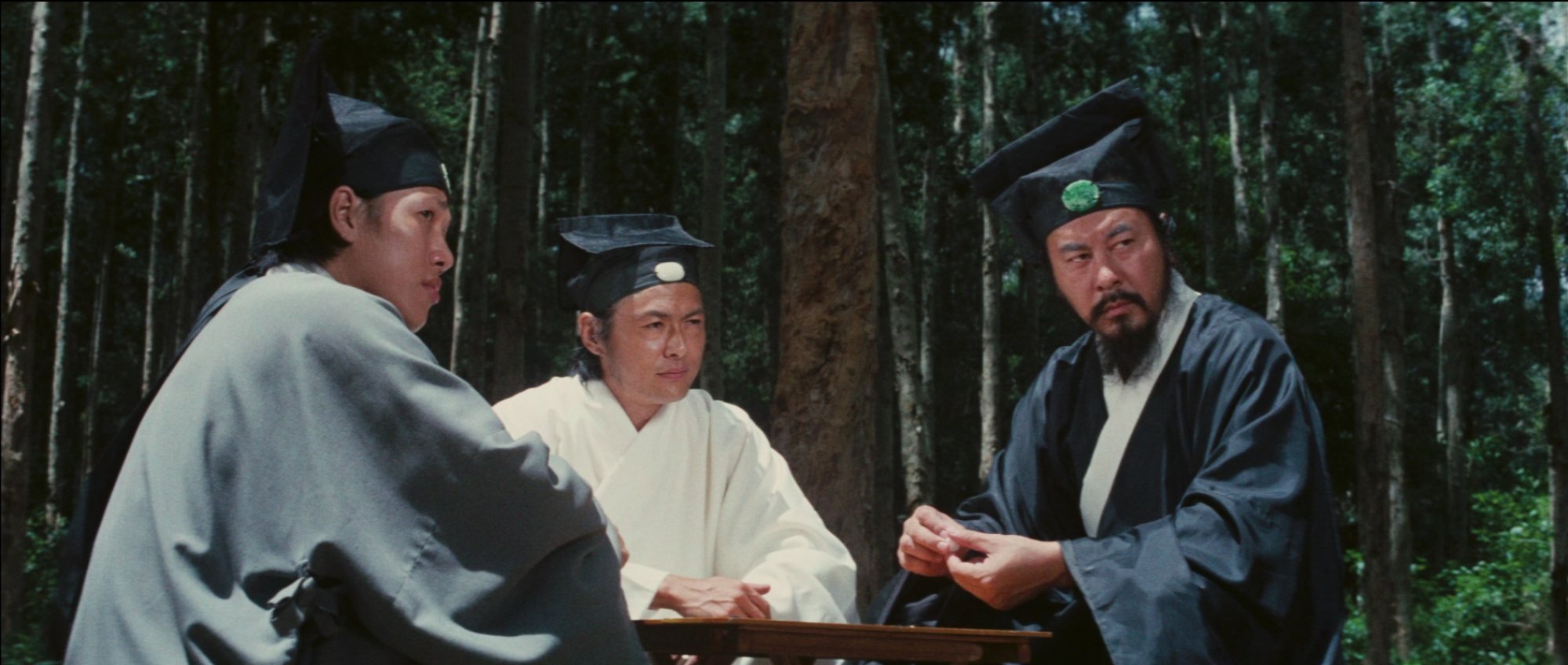
There’s some great sword fighting scenes, but there’s also more kung fu than in Hu’s earlier films …
I also think he wanted to show off Sammo’s skills, as Sammo’s fame was on the rise. He was saying to the audience, “Look at what this guy has got, this is the way to go, this is the future.”
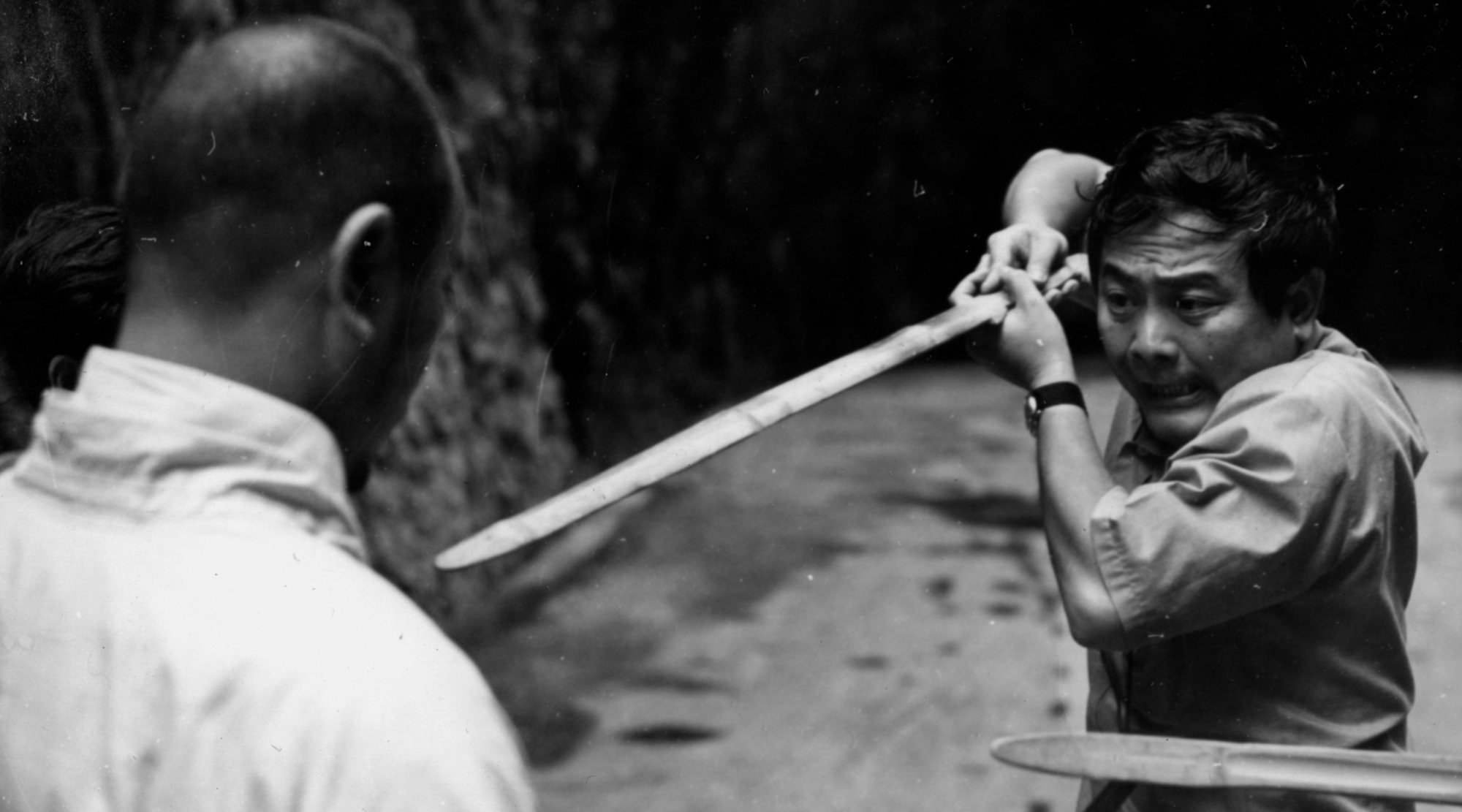
Many people are unaware that Sammo Hung had a long association with King Hu, and has said that Hu was his major influence.
Han Ying-chieh, who worked as a choreographer for King Hu, taught Sammo martial arts at Yu Jim-yuen’s Peking opera school, and I think Han brought Sammo to Hu’s attention.
Hung also plays a Japanese pirate chief in The Valiant Ones, giving a very camp performance.
It is a very interesting performance, because although he is covered in all that kabuki-style facial make-up, he does not try to act Japanese. Until the end, when he uses chambara-style sword fighting, he fights with a combination of Chinese and Japanese swordplay.
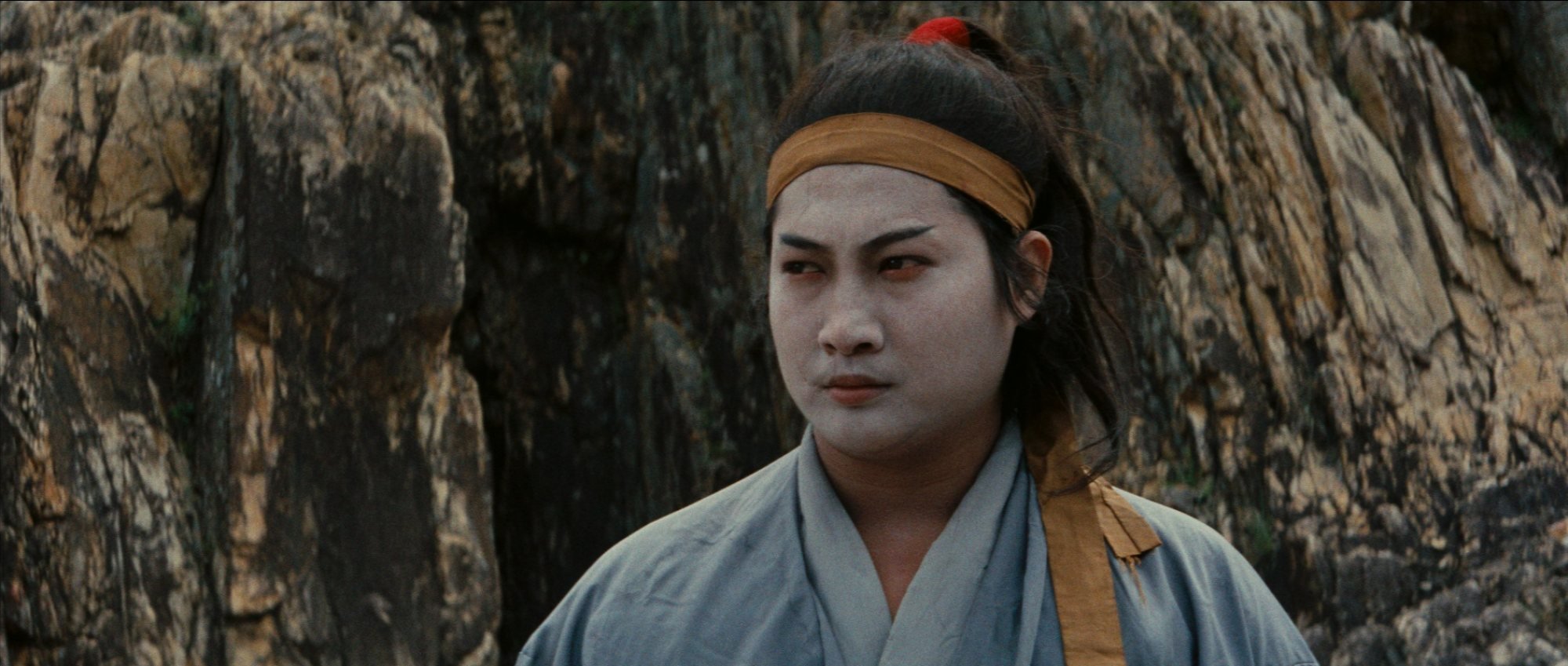
You have to wonder why Hu chose that make-up, as (the Japanese performance art) kabuki did not become popular until the Edo period (1603-1868), which was later than this film’s time period.
Hsu’s character Ruoshi is the wife of Jiyuan, one of the heroes, but they hardly say anything to each other. I think she has less than 10 lines in the whole film.
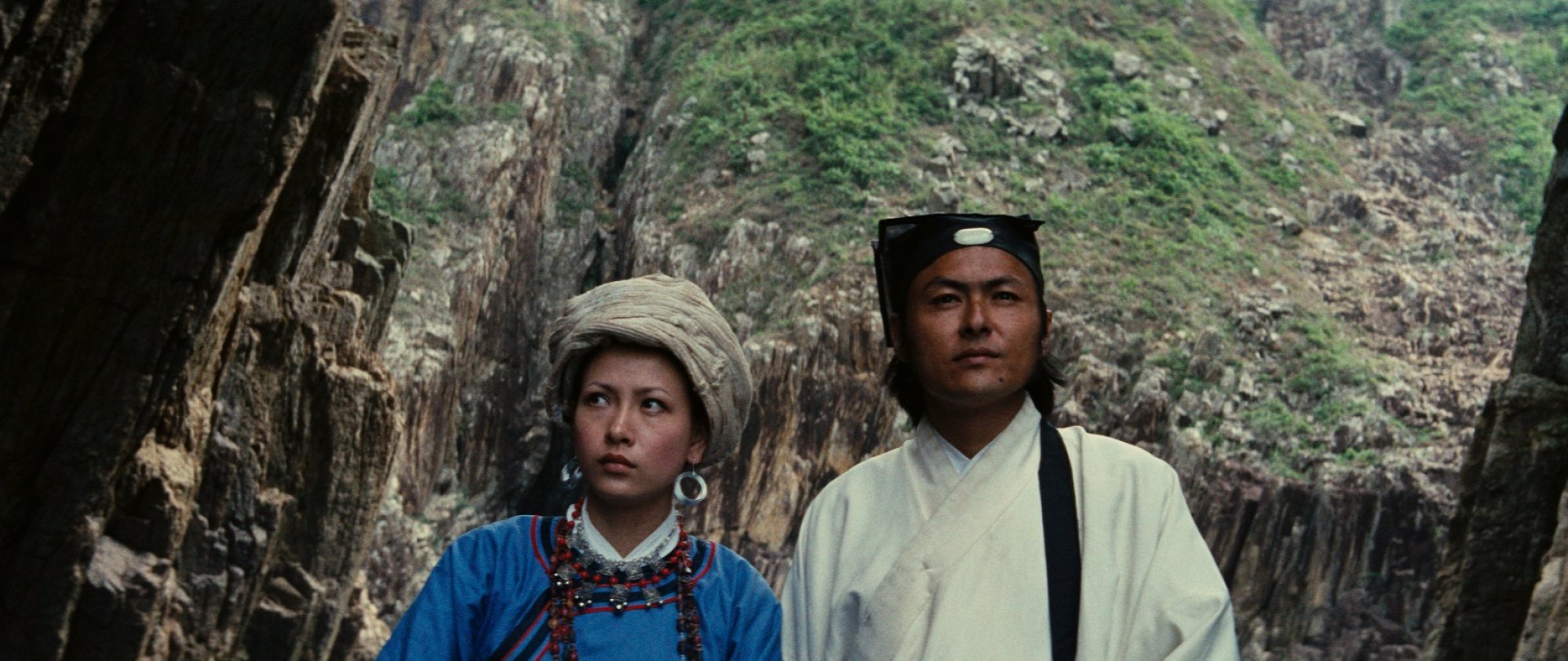
Hu wanted to convey the idea that they had an incredible rapport with each other. It shows that they are a loving husband and wife who know each other so well, they do not need to speak to each other.
Hu uses silent expressions to convey their love for each other, right up to their demise. Hsu’s silence and her furious stare speak volumes. She is stoic throughout, and Hu used the duo to represent the idea of chivalrous knights.
Bai Ying’s character Jiyuan – the master of the “whirlwind sword” technique – steals the show.
Bai Ying is a really good performer. He played the evil eunuch in Dragon Inn, but after that Hu would always cast him in heroic roles – he seemed to find a kind of heroic sensibility in him, and he thought he personified a kind of heroic spirit.
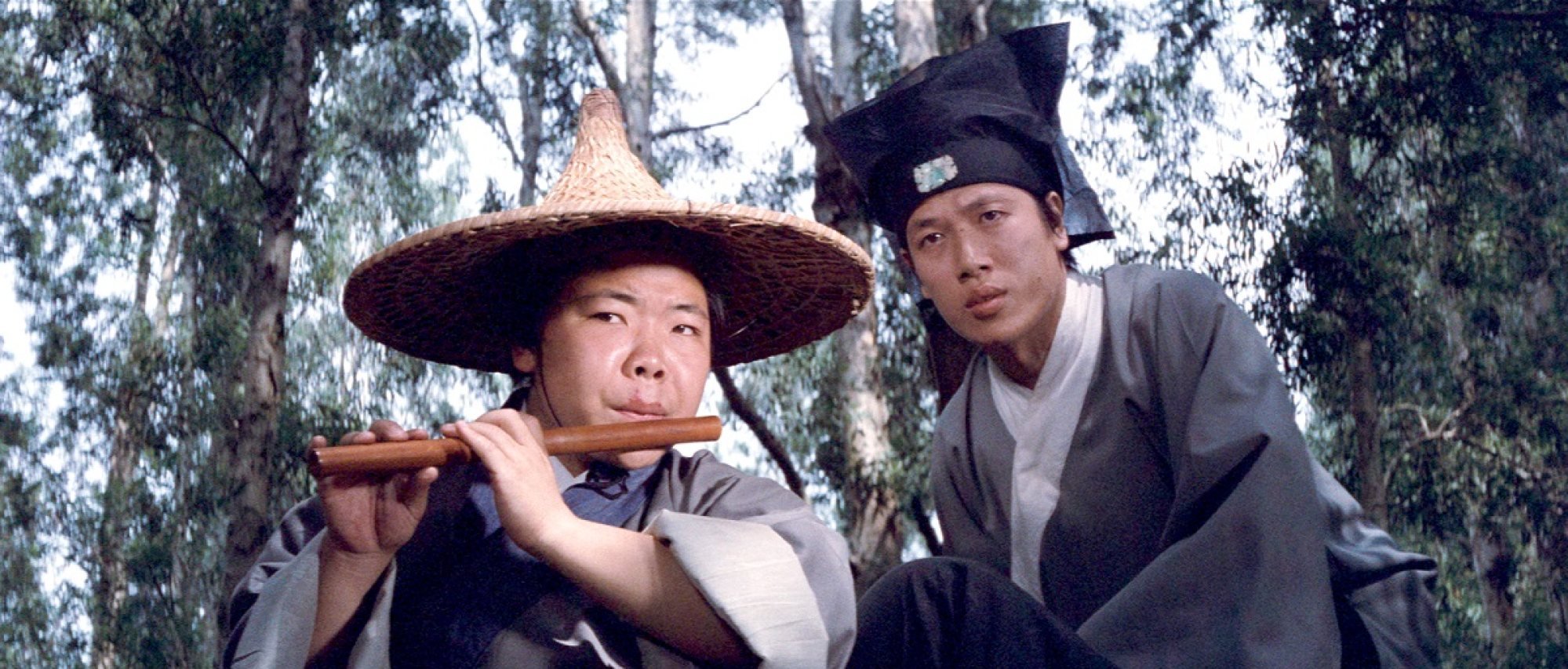
In The Valiant Ones, Hu uses him to show exactly what he thinks a hero should be like. It is important to note that when his character is asked who he is, he replies that he is just an ordinary Ming dynasty citizen. Hu wanted to show that ordinary people could become heroes, too.
Hu liked to feature strategising in his films, but here it is much more military in nature.
The first part of the film is definitely more militaristic – it is like a war film. The heroes, led by Roy Chiao [Hung], develop strategies to try and wipe out the pirates.
But when it gets to the tournament sequence, in which Jiyuan has to show his skills, it becomes more typical of Hu. I think the beauty of this film is how you gradually learn about the characters as the film progresses.
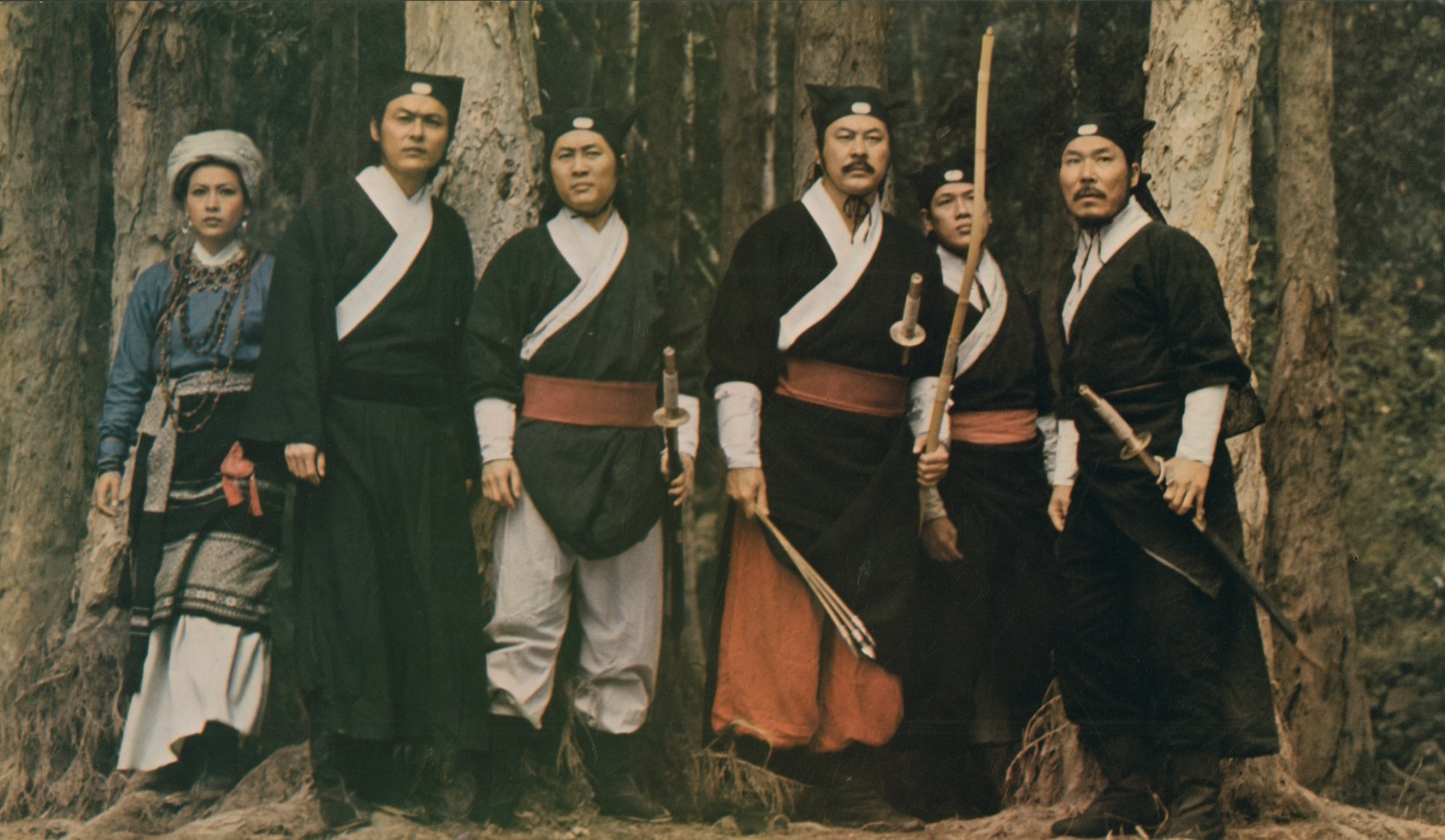
At the start, they show up and start fighting after just 10 minutes. You know nothing about these men and women, they just fight. As the film progresses, you find out who they really are.
At first it seems like Bai Ying is playing just another scholar character, and you do not see his incredible sword fighting skills in the first third of the film. But once he and Hsu Feng arrive on the pirates’ island for a series of duels, their heroic spirits shine through.
Unusually, the film does not end well for our heroes.
Hu’s theme was like that of a typical Chinese history lesson, in which the good guys lose their lives while the incompetent emperor and the corrupt court officials survive.
In this regular feature series on the best of Hong Kong cinema, we examine the legacy of classic films, re-evaluate the careers of its greatest stars, and revisit some of the lesser-known aspects of the beloved industry.

